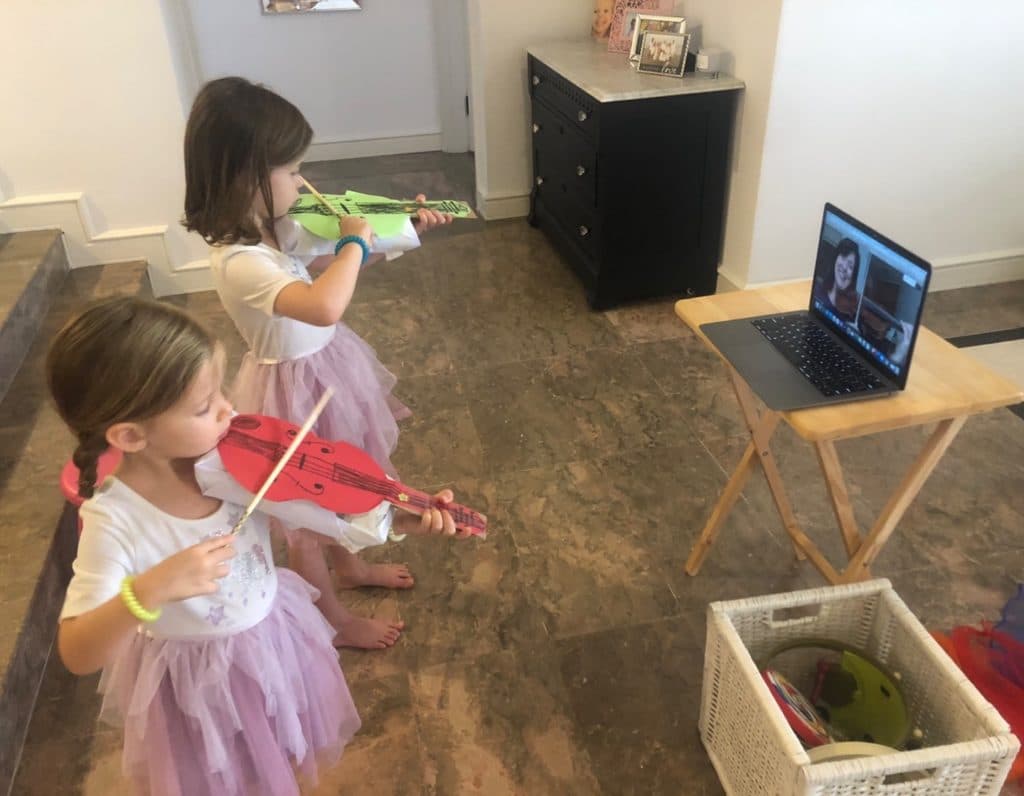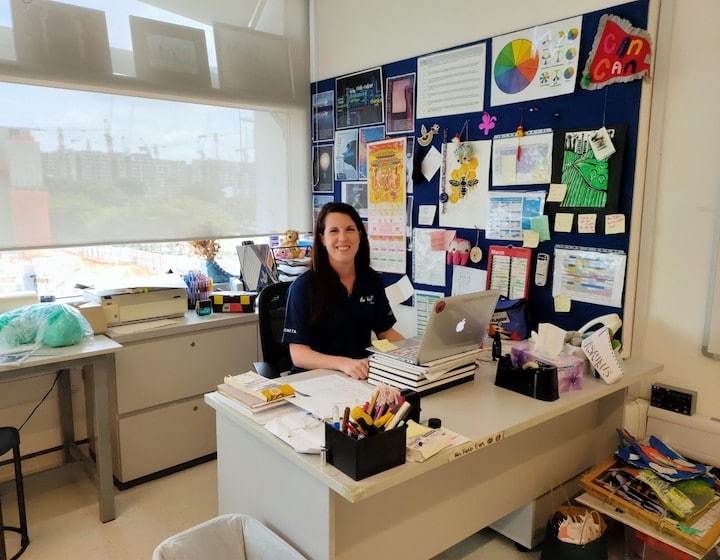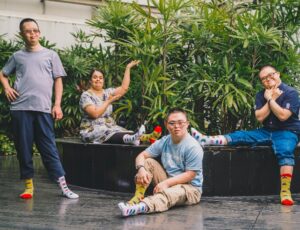

How did your school manage distance learning during the circuit breaker? Stamford American International School continues to ensure its students receive the best learning experience…wherever they are
The global COVID-19 pandemic has brought with it all sorts of uncertainty, perhaps nowhere more than on the education front. Schools and students have had to grapple with distance learning, along with social distancing and wearing face masks in school.
One Singapore international school that’s truly risen to the occasion is Stamford American International School. In addition to rolling out and implementing a comprehensive distance learning plan for all students from the Early Years through Grade 12 in Spring 2020 during the Circuit Breaker, Stamford has since formulated its extensive Transition to Campus (TTC) Learning Programme.


We caught up with Paul Swanson, Stamford’s Director of Digital Learning, to find out more about the TTC.
Read on to hear about a school that really has its act together on the remote learning front!
Why was the TTC created?
As the school year ended in June 2020, we were already thinking about various scenarios for the start of the school year. Some of our students who had left Singapore during the circuit breaker were not able to come back for the final two weeks of school; we found ourselves wondering what we would do if students could not get into Singapore for the start of the new school year? We developed Transition to Campus (TTC) Learning both to prepare for this possibility and also to communicate our plans to families that may be affected.
To whom does the TTC apply?
Transition to Campus Learning applies only if the school campus is open (for most students) but some students are not able to be physically present due to circumstances related to Covid-19. These circumstances could include:
- Quarantine orders or COVID-19 related medical leave
- Official Leave of Absence (LOA), Approved Absence (AA), or Stay Home Notice (SHN)
- Inability to enter Singapore in time for the planned start of the school year, due to travel restrictions


How will teachers balance in-person teaching with TTC classes?
- In the Early Years, Elementary, and Middle School we will be using a ‘school-within-a-school’ model. A few teachers will be leading TTC classes while their colleagues will be leading in-person classes. They will be collaborating closely, so that as the students are able to be on campus they can make a smooth transition to their new class.
- In the High School, where courses become more specialized, we needed to use a different model. Students will be placed in classes normally and all of their classes will be live-streamed. Teachers will be provided with audio and video equipment to assist with the streaming.
Who designed this program?
TTC was designed by the principals of each division in collaboration with the digital learning team.
What technology and tools are required for TTC?
Most students at Stamford are provided with a school-owned device (either an iPad or a MacBook). For families that are not able to enter Singapore, they will need to provide their own devices. We have worked to ensure that the program is compatible with a range of devices and have provided recommendations for parents. In the High School we are purchasing lavalier mics and providing teachers with iPads and tripods or stands to assist with live-streaming.


Are there special considerations for the short attention span of younger students?
Our Early Years team recognizes the challenges for online learning for younger students. Online or Home-Based Learning only works with the younger students if there is a capable adult who has the time and ability to support them. Stamford has worked to help parents understand what they need to do to make the program work, and has developed a training module for TTC Early Years parents.
What is the typical time allotment for different age groups?
The TTC program is different for each age group, but it is designed to provide a full day of learning for all students.
- For the youngest students in Early Years, parents should expect them to be engaged in videos for 1-2 hours in a day and spending the rest of the day with offline or play-based learning activities.
- For Elementary students, they should expect 3-4 hours of online material and the rest of the day with offline learning.
- Middle and High School use synchronous video and live-streaming to a greater extent, and students should expect to be learning online 4-6 hours per day.


Following the Circuit Breaker in Singapore, Stamford received some truly positive feedback from parents pleased with its approach to distance learning. Says mama Dalia, whose son was in Grade 1:
“My son is very well prepared and knows how to do a lot of things independently thanks to his teachers. Teachers give specific and timely feedback, which encouraged my son to do better and commit to distance learning even at a young age. I am able to have more meaningful conversations with my son about his learning now that I am more involved in it.”
Keen to find out more for your family? Book a virtual tour with a Stamford Admissions Manager today!
Stamford American International School
Elementary and Secondary Campus, 1 Woodleigh Lane (off Upper Serangoon Road), Singapore 357684
Early Years Campus, 3 Chuan Lane, Gate 4, Singapore 554350
Tel: (+65) 6602 7247, [email protected], www.sais.edu.sg






 View All
View All





 View All
View All








 View All
View All




